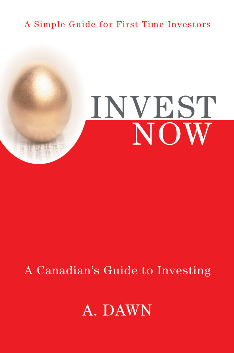Buying Property In Cyprus
First Published Date : March 25, 2016
Have you ever thought of living in Europe? Well, chances are you may have thought about it, but have you though about living in Cyprus? While many have not thought about moving to Cyprus, you really should. It is a beautiful and warm country where you can get homes for a very cheap price. So, what do you need to know about Cyprus?
Cyprus is an island in the Eastern Mediterranean, which is located south of Turkey and west of Lebanon. It is the third largest island in the Mediterranean Sea and it is a very popular place for tourists. It has a high-income and advanced economy and it routinely ranks very high in the Human Development Index. It is also a member of the European Union, as of May 2004.
The Republic of Cyprus covers the entire island and parts of the water but the republic is actually split into two parts. Roughly 59 per cent of the island is under the Republic of Cyprus, while the rest is called the Turkish Republic of Northern Cyprus, but this is only recognized by Turkey.
Cyprus has a very warm climate with mild winters and hot summers. Snow can fall in the mountains, but generally Cyprus has the warmest climate in the Mediterranean of all countries in the European Union. Many may feel that Cyprus is a country that is not developed but this is not the case as it is highly developed and highly safe. It is a very safe country with very little crime and houses and cars are often unlocked.
Thanks to the warm climate, there is a steady stream of people coming into the country who are seeking to live and work on the island, especially since the country became part of the European Union.
The tourism industry is very strong and that means there is a huge demand for seasonal workers in the area and many of those seasonal workers choose to live in the country all year round.
So, if you are thinking of living and maybe working in Cyprus, what do you need to know?
When you are thinking of moving to Cyprus, you can rest easy in that it is very easy to buy property within the country because it is a member of the European Union. The first thing you need to do is to find a real estate agent in the country who can help you find the property you are looking for. Once you have the property you are looking for, you need to finance the purchase. If a lender is required to do the purchase, you will typically have to come up with a 20 per cent deposit, while the bank will pay the rest of the loan for you. However, you can only get this if you have lived in Cyprus for at least the last five years. If you are a non-permanent resident, then you will have to have a 40 per cent deposit and the bank will cover the remaining 60 per cent for you. For investment and commercial properties, it is a 50/50 split.
Depending on the requirements of the lender, the time to pay back the loan is going to vary. The term can be as low as 10 years, and as high as 30 years.
If you are wondering about the places to live within Cyprus, here is a brief rundown of the regions to buy real estate in Cyprus:
1. Famagusta District: This district contains the most important port in the country, also named Famagusta. There is a population of 37,738 people in the district and the district is currently under control of Turkey with the Cyprus government acting in exile. It is a very beautiful area with a coastal nature park and high points along the sea that individuals can go hiking to.
2. Kryenia District: This is the smallest of the districts and the only one completely controlled by Turkey. The main town is Kyrenia.
3. Larnaca District: This district is partly occupied by Turkey and its main city is Larnaca. The district has the most important airport in the country and it has a mosque that is very important to Muslims.
4. Limassol District: The main town of this district is also named Limassol and part of the district is under the sovereignty of the United Kingdom.
5. Nicosia District: The main town in this district is the capital city of Nicosia. Turkey occupies the northern part of the city and the district features some amazing scenery and nearly everything you need from a major urban centre.
6. Paphos District: This district is in the western part of the country, occupied completely by Cyprus with four main cities being Paphos, Yeroskipou, Peyia and Polis Chrysochous. The district occupies 15 per cent of the island and has a population of 76,100. There are many beaches, tiny isles, capes, coves and hilly areas that are extremely beautiful.
Cyprus is a very beautiful island and country that is stable, safe, with a strong economy and beautiful scenery. It is warm, it has plenty to do and see and you are close to Europe if you want to go over for a visit. Since it is a member of the European Union, it is very easy to travel to and from the island to Europe. Many are now thinking of buying property within the country because it is such a beautiful place to be and the property is so cheap. As a foreigner, you do have to have more of a down payment when buying property within Cyprus, but you need to remember that if you decide to live in Cyprus for a long period of time, then in only a few years you can have a home with less of a down payment. Living in this country will ensure you will enjoy the winters and the summers, and feel you have made the right choice to live there.








